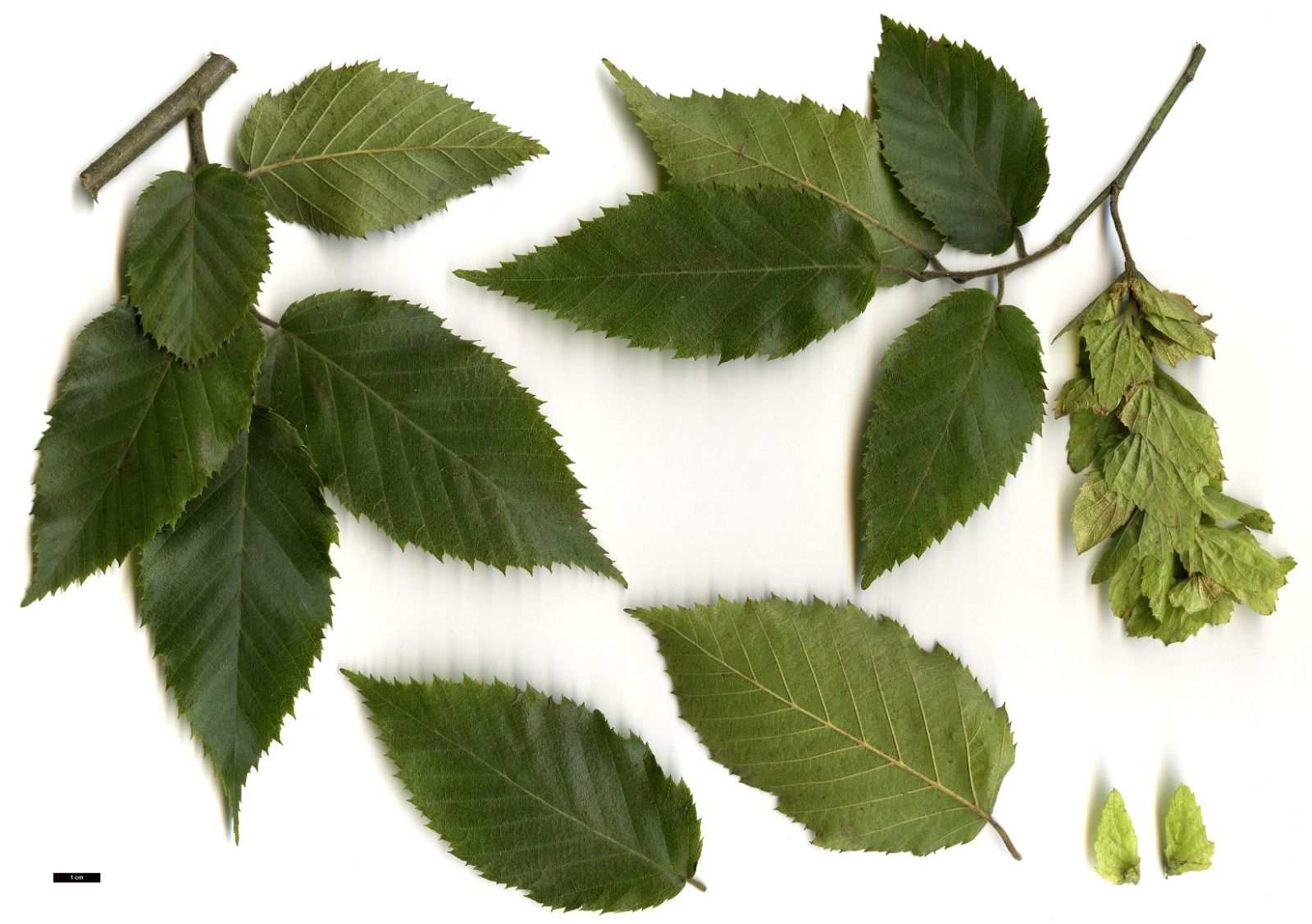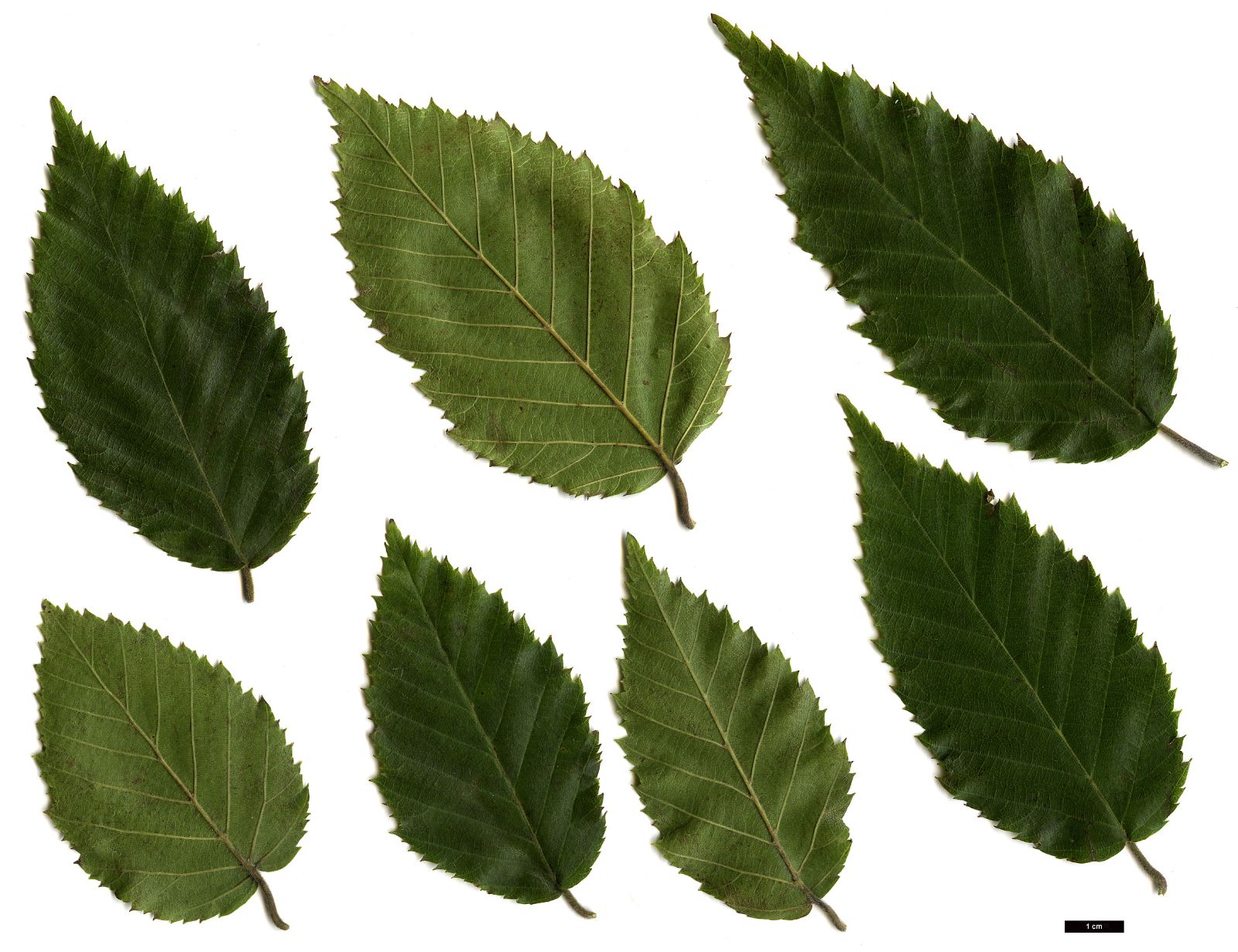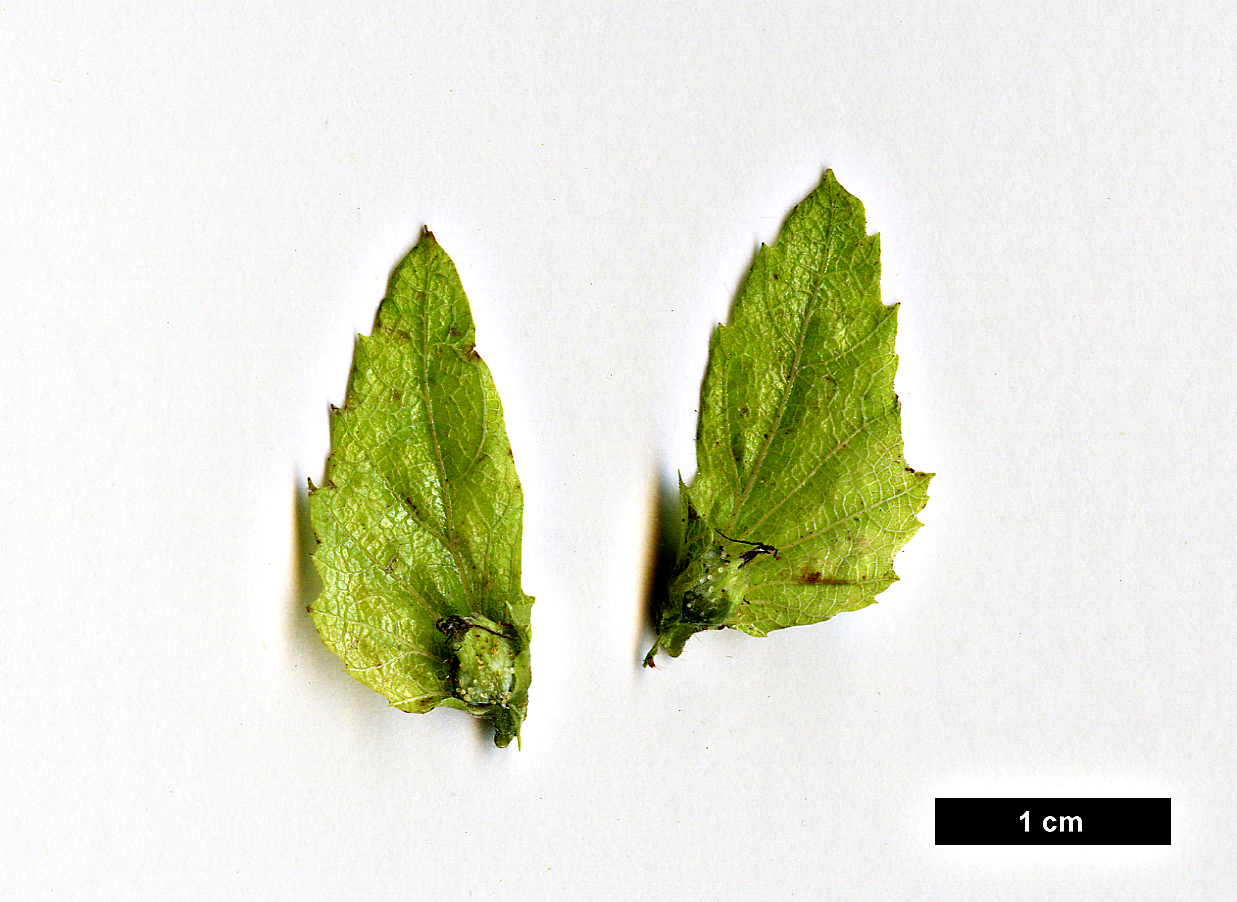Carpinus pubescens
Sponsor
Kindly sponsored by
Lord and Lady Aldington
Credits
Owen Johnson (2022)
Recommended citation
Johnson, O. (2022), 'Carpinus pubescens' from the website Trees and Shrubs Online (treesandshrubsonline.
Genus
Synonyms
- Carpinus seemeniana Diels
- Carpinus austrosinensis Hu
- Carpinus kweitingensis Hu
- Carpinus lancilimba Hu
- Carpinus marlipoensis Hu
- Carpinus parva Hu
- Carpinus pinfaensis Hu
- Carpinus pingpienensis Hu
- Carpinus tsiangiana Hu
- Carpinus tsoongiana Hu
- Carpinus tungtzeensis Hu
- Carpinus wangii Hu & W. C. Cheng
Other taxa in genus
- Carpinus betulus
- Carpinus caroliniana
- Carpinus cordata
- Carpinus faginea
- Carpinus fangiana
- Carpinus fargesiana
- Carpinus hebestroma
- Carpinus henryana
- Carpinus japonica
- Carpinus kawakamii
- Carpinus laxiflora
- Carpinus londoniana
- Carpinus mollicoma
- Carpinus monbeigiana
- Carpinus omeiensis
- Carpinus orientalis
- Carpinus polyneura
- Carpinus rankanensis
- Carpinus × schuschaensis
- Carpinus shensiensis
- Carpinus tropicalis
- Carpinus tschonoskii
- Carpinus turczaninovii
- Carpinus viminea
Tree to 17m. Bark brownish-grey, rather smooth. Twigs dark brown, glabrescent or retaining some silky hairs. Leaves variable, tending to oblong or lanceolate, 5–10 × 2–4 cm; glossy above and with silky hairs under the veins and with axillary tufts; margin regularly and minutely doubly-serrated; lateral veins in 12–14 pairs; petiole 4–15 mm, often with a few silky hairs. Fruiting catkin 5–7 cm long or much longer, lax; peduncle 2–3 cm, glabrous or with silky hairs. Fruit-bracts D-shaped, 1–2.5 cm long, irregularly dentate to lobulate on the curved side, more or less entire on the straight side except for a small auricle clasping the nutlet at the base; veins prominent and reticulate. Nutlet usually remaining densely hairy, and with sparse resinous glands. (Li & Skvortsov 1999; Bean 1976).
Distribution China Guizhou, Shaanxi, S Sichuan, E Yunnan (Mile Xian) Vietnam In mountains in the north
Habitat Wooded valleys, and in thickets on the tops of limestone mountains, 450–2000 m asl.
USDA Hardiness Zone 8
RHS Hardiness Rating H4
Conservation status Least concern (LC)
The long list of synonyms, most of them described in the mid 20th century by the eminent Chinese botanist Xiansu Hu from separate mountain ranges in Guizhou, hints at an arguable inadequacy of the Linnaean binomial system as a tool for delimiting such complex plant populations; meanwhile, modern genetic analysis has so far failed to differentiate this group in turn from a much wider assemblage of east Asian Carpinus, for which C. turczaninovii is the earliest available Linnaean name (Dong et al. 2022). If treated as a species, C. pubescens is itself quite variable in macroscopic terms; its leaves can be oblong, ovate, elliptic or rather lanceolate. Despite its name, it lacks particularly pubescent foliage, though this feature is also variable; the hairy nutlet helps separate it from another very close ally, C. henryana var. oblongifolia (Burkill 1899), but even this is not a reliable characteristc (Li & Skvortsov 1999). One relatively distinctive feature is the particularly fine toothing of the leaves; in cultivated trees at least, the major teeth are more than twice as long as the secondary ones, but not mucronate (De Langhe 2022).
Like its allies this is a graceful tree, whose leaves flush reddish in spring and whose young branches can weep, and it is now commercially available in the UK (Royal Horticultural Society 2020). Although Ernest Wilson collected fruit in western Hubei in 1907 (as Carpinus seemeniana) (Clarke 1988), the first successful introduction to the west seems to have been Roy Lancaster’s 1980 collection from the Western Hills near Kunming, Yunnan (L 654) (Grimshaw & Bayton 2009). Plants from this source have reached 7 m at Abbotsbury Subtropical Gardens and at Chris Brickell’s garden, ‘The Camber’ in West Sussex (Tree Register 2022). These have been slightly outgrown by a specimen from a more recent collection, MF 93–4, grown by Maurice Foster at his arboretum in Kent (Tree Register 2022).
This is a species of moderate hardiness, and Yunnanese examples at Howick Hall in Northumberland showed some cold damage after the winter of 2005–6 (Grimshaw & Bayton 2009). Carpinus pubescens may not yet be in cultivation outside the UK.




